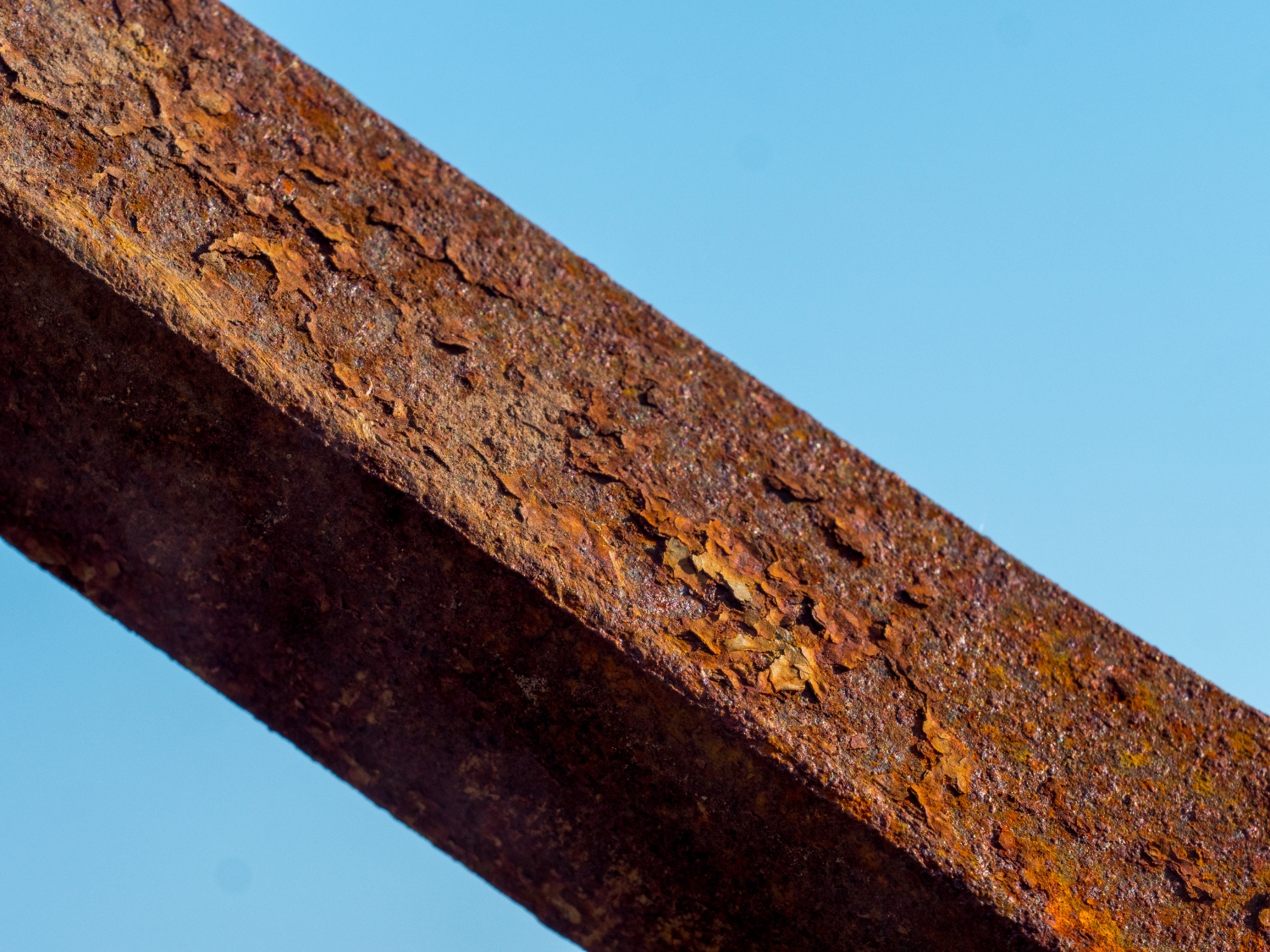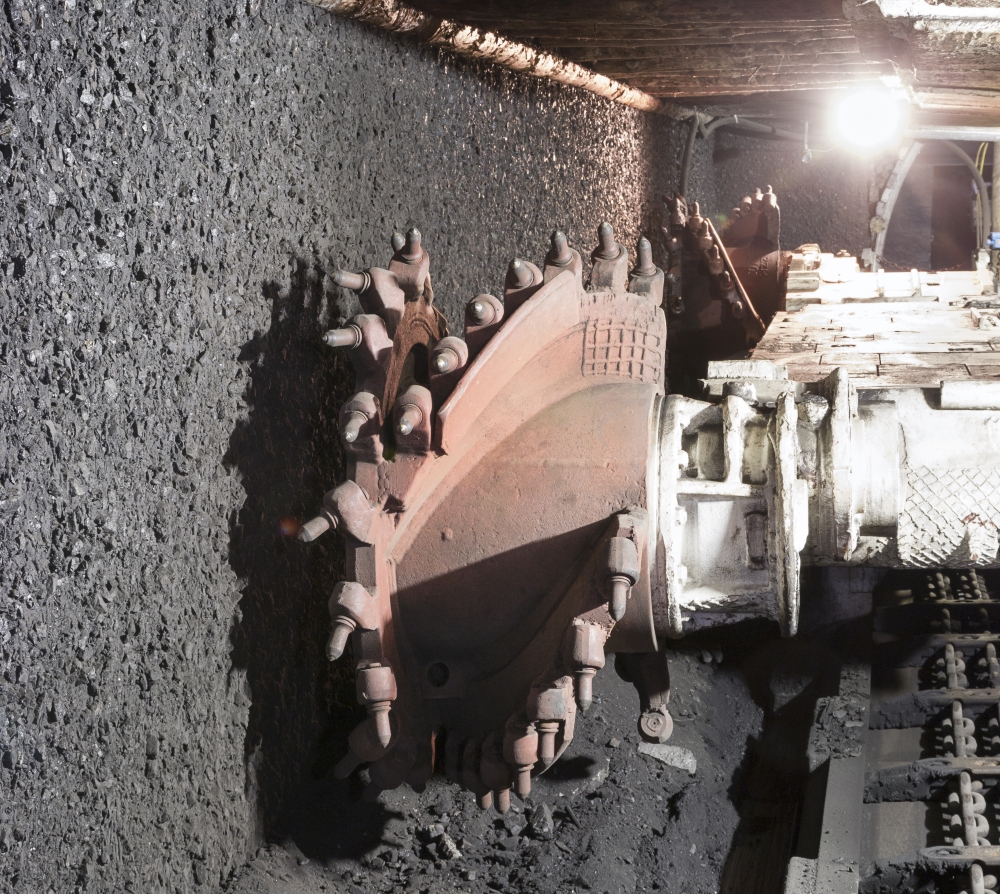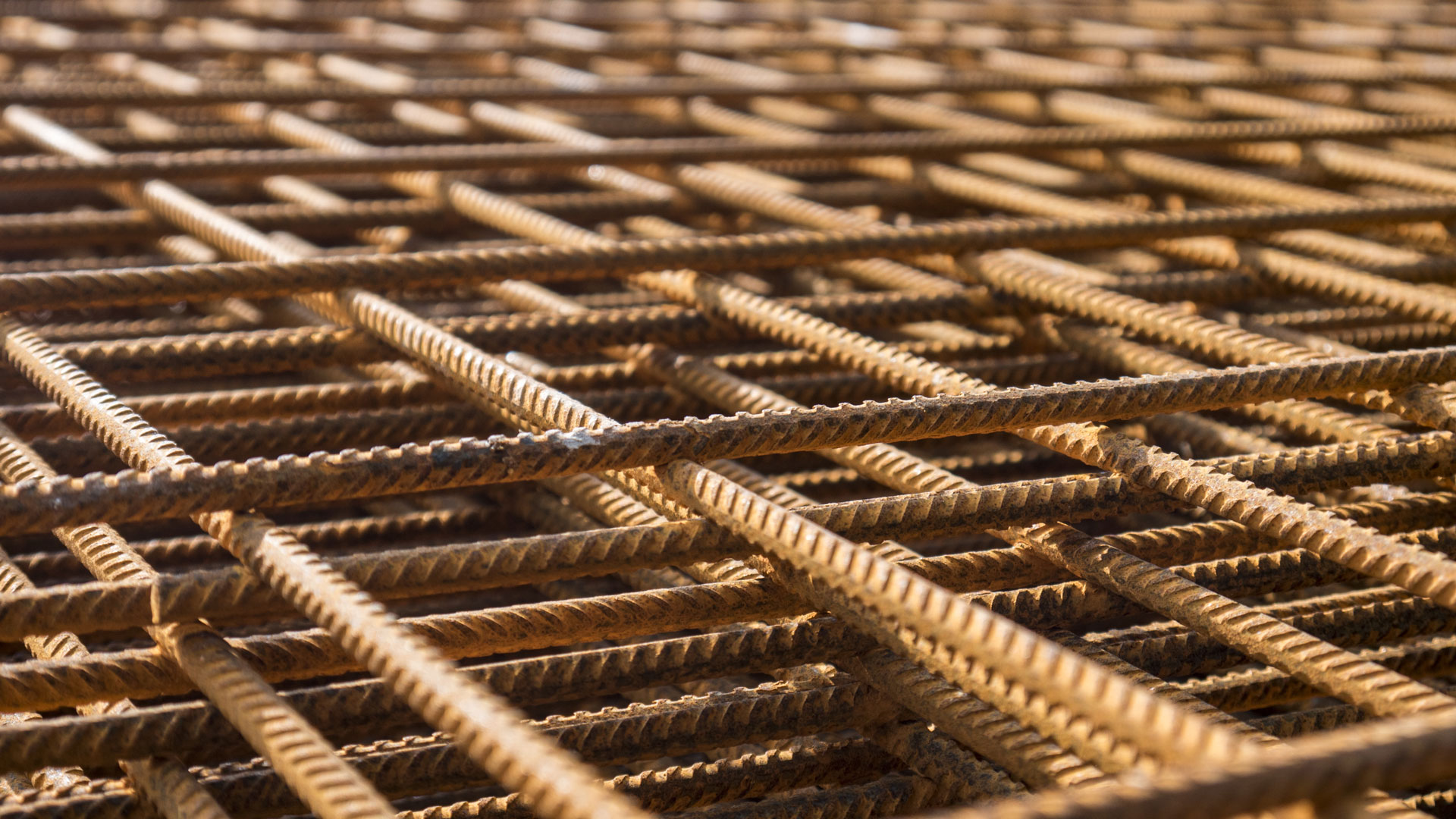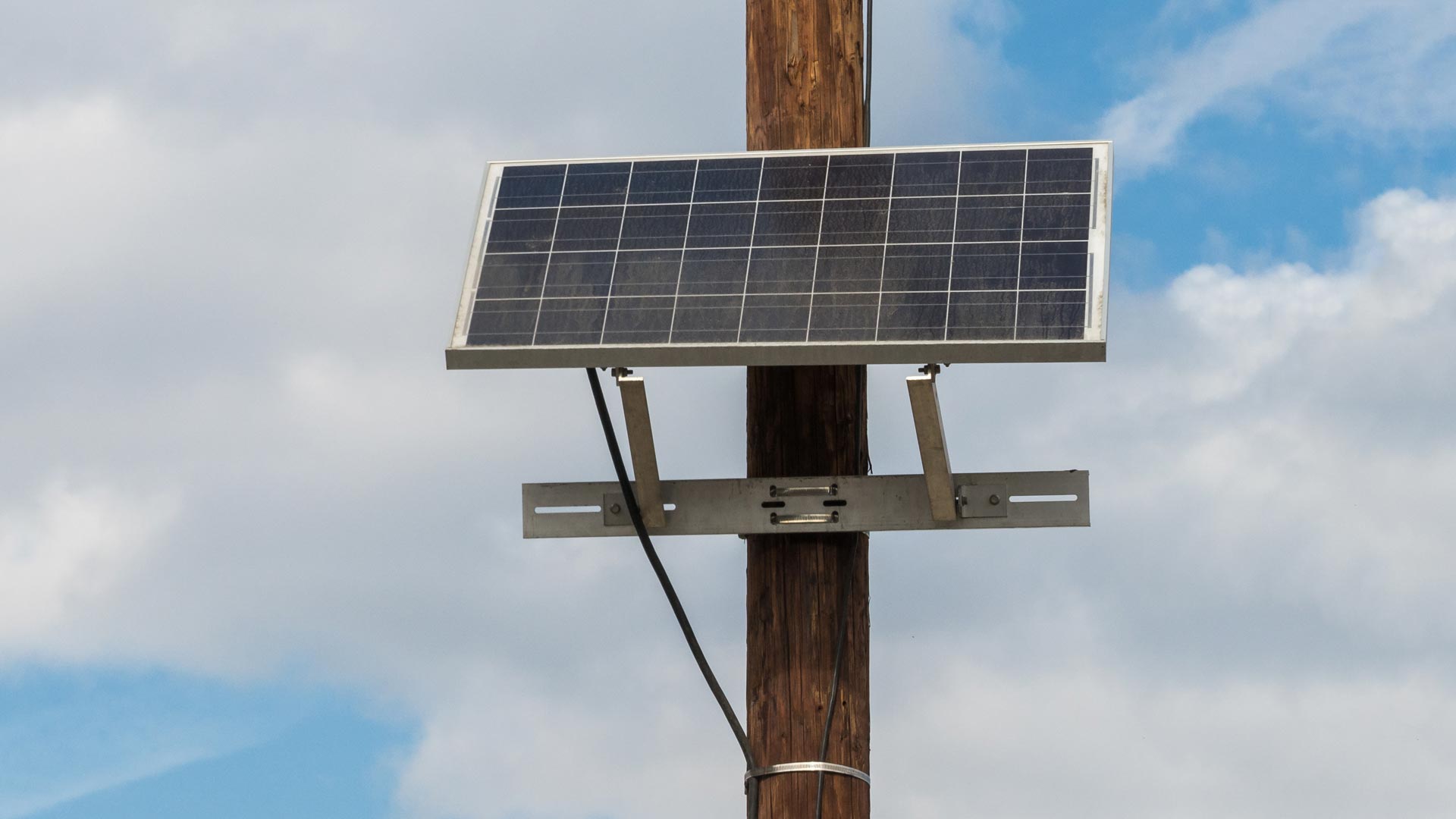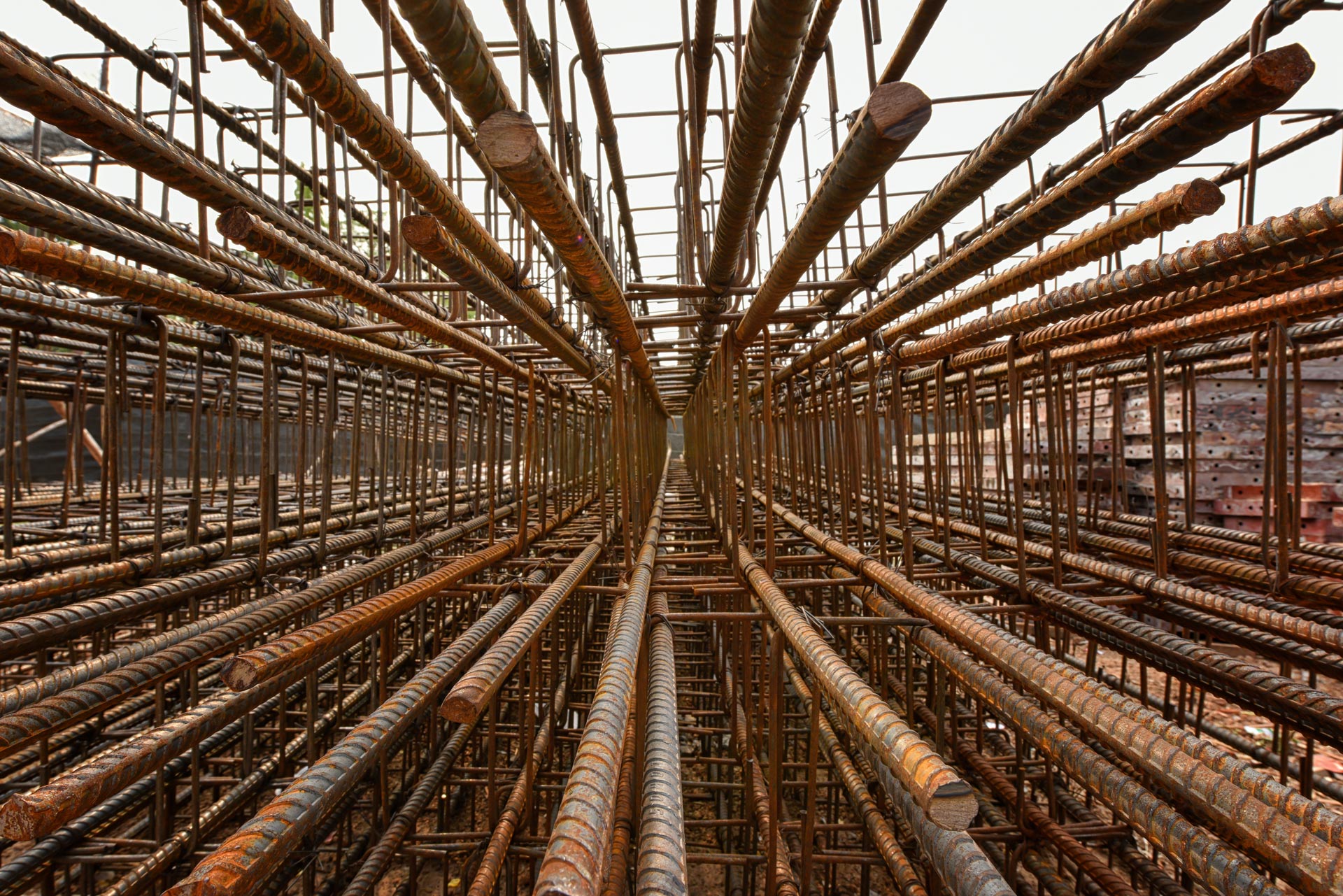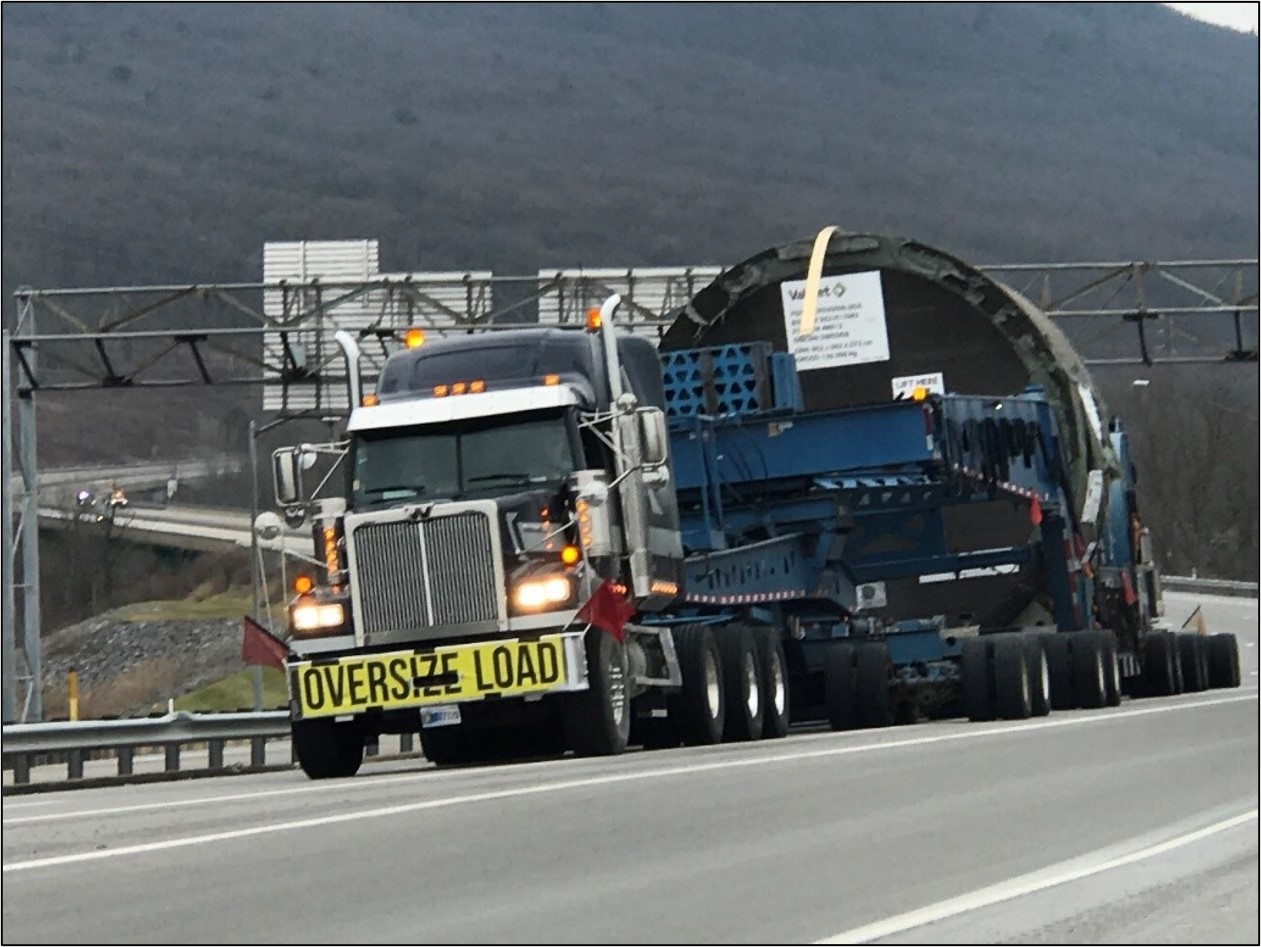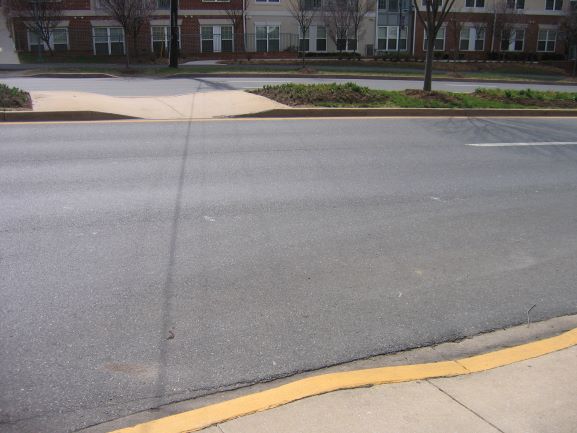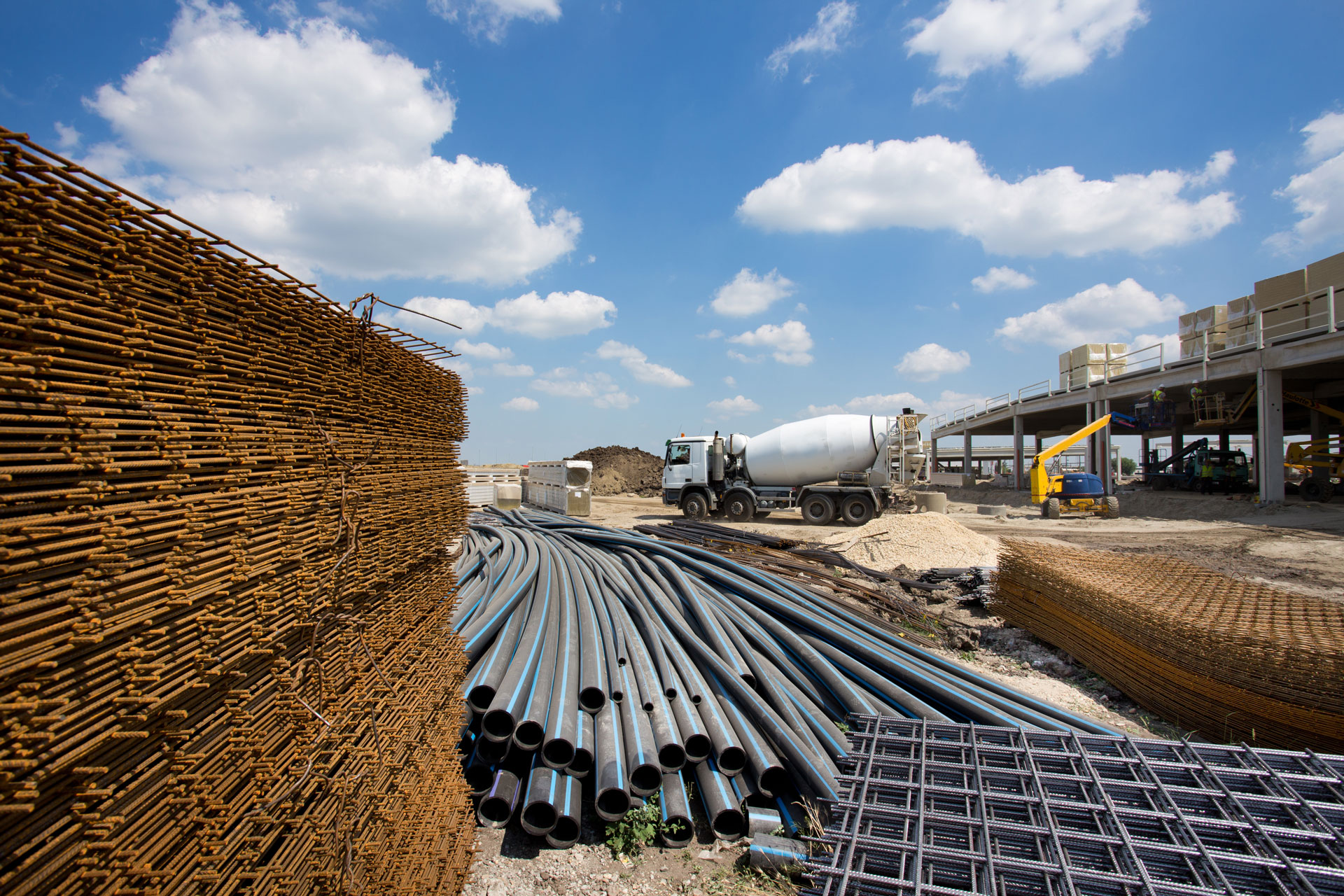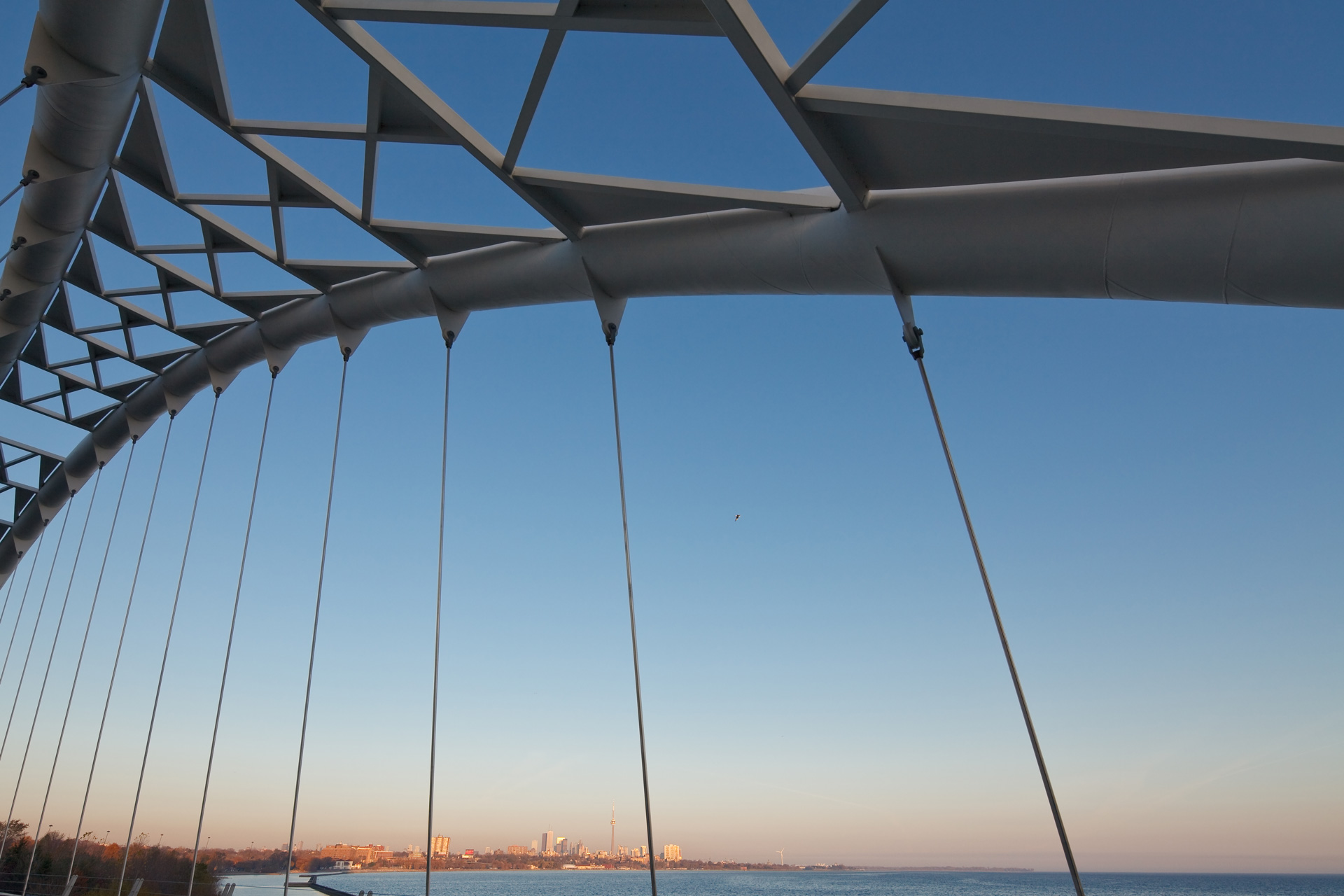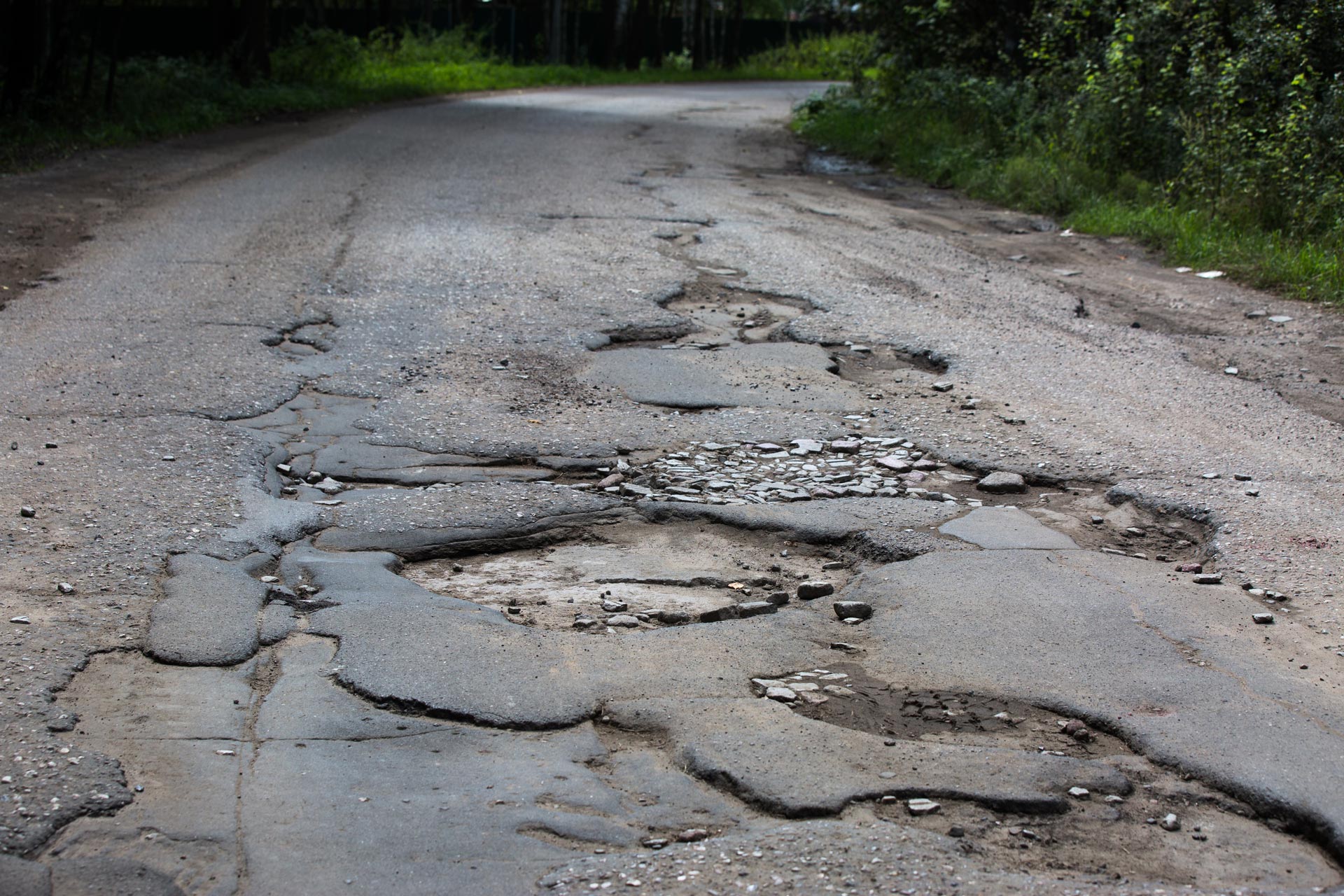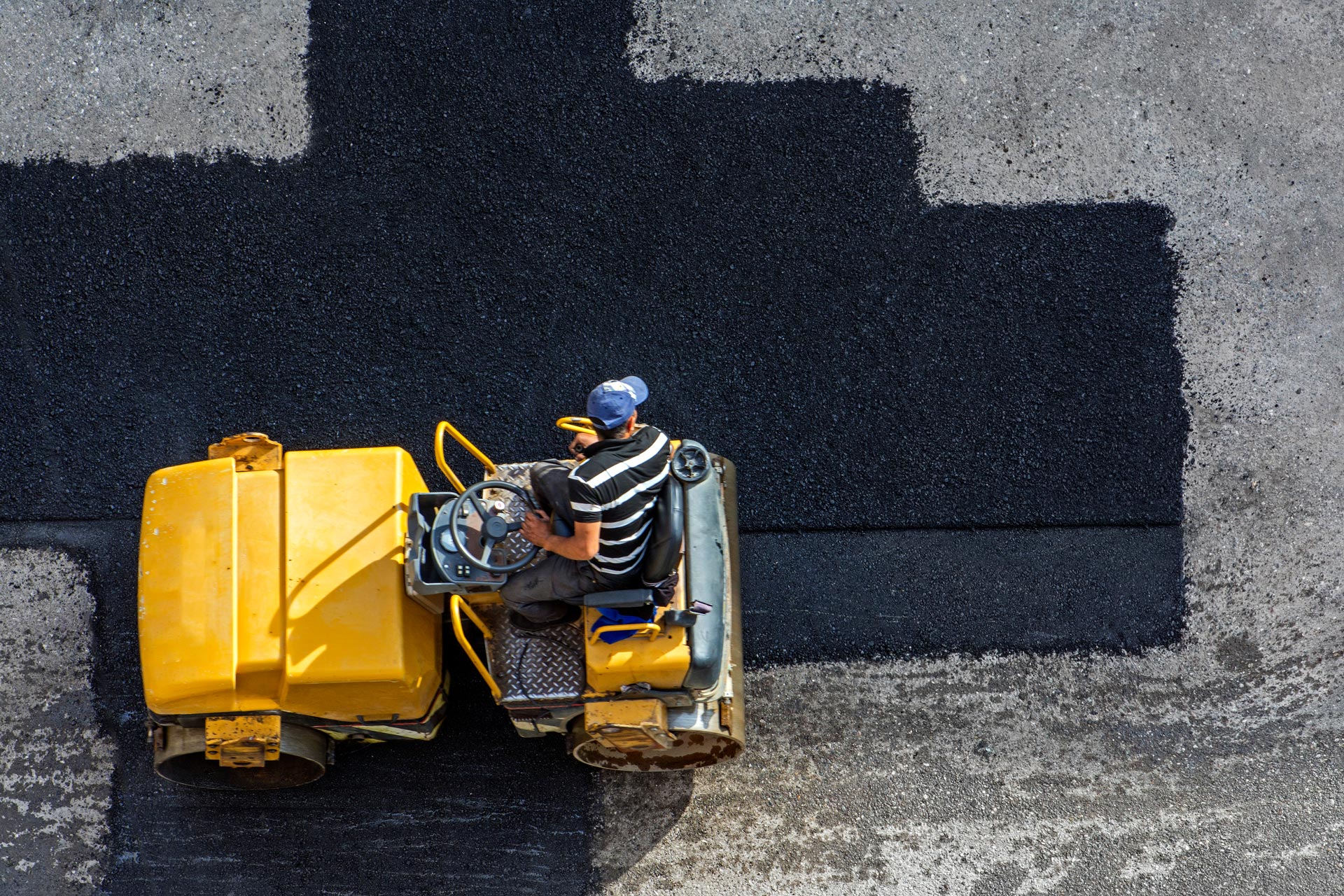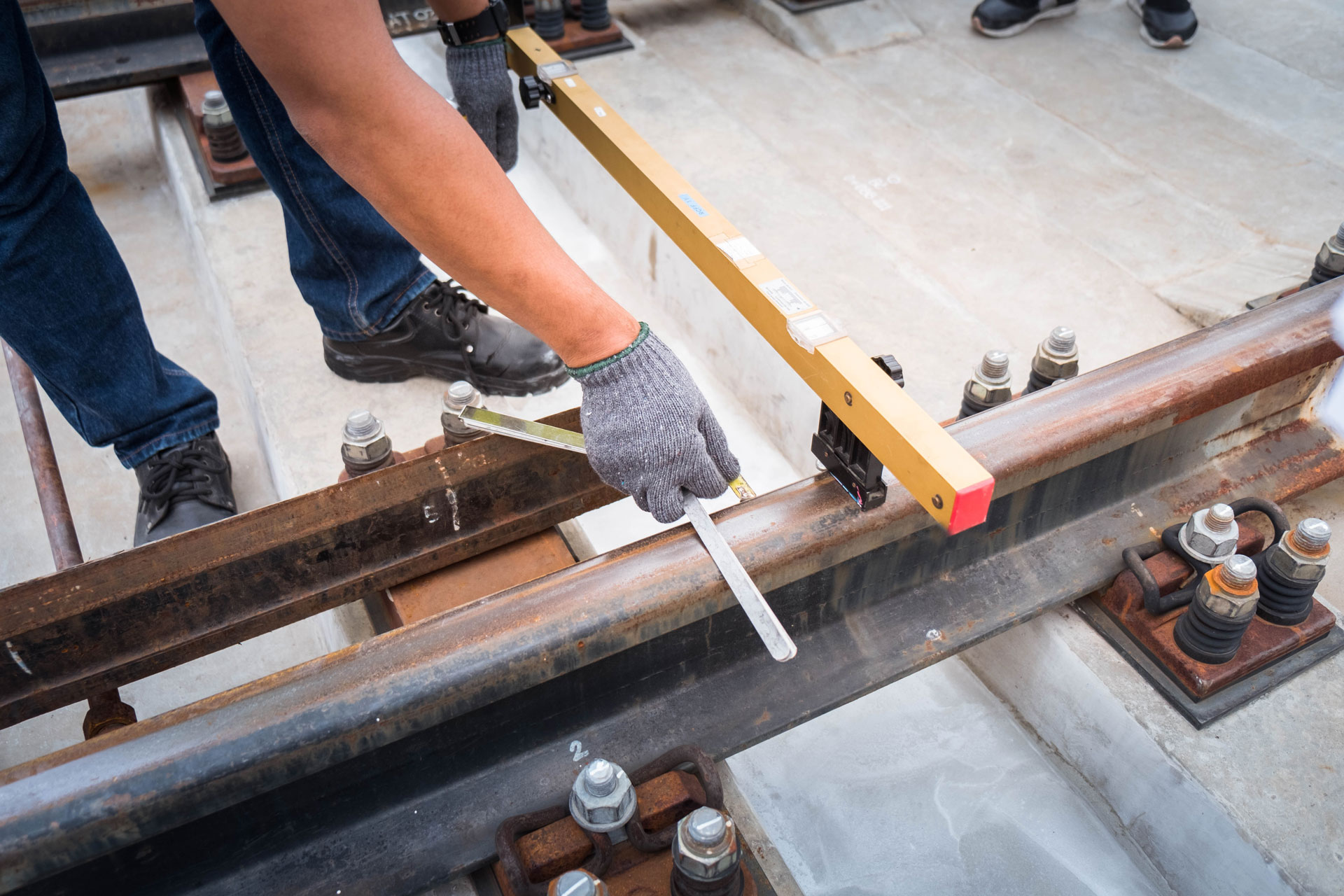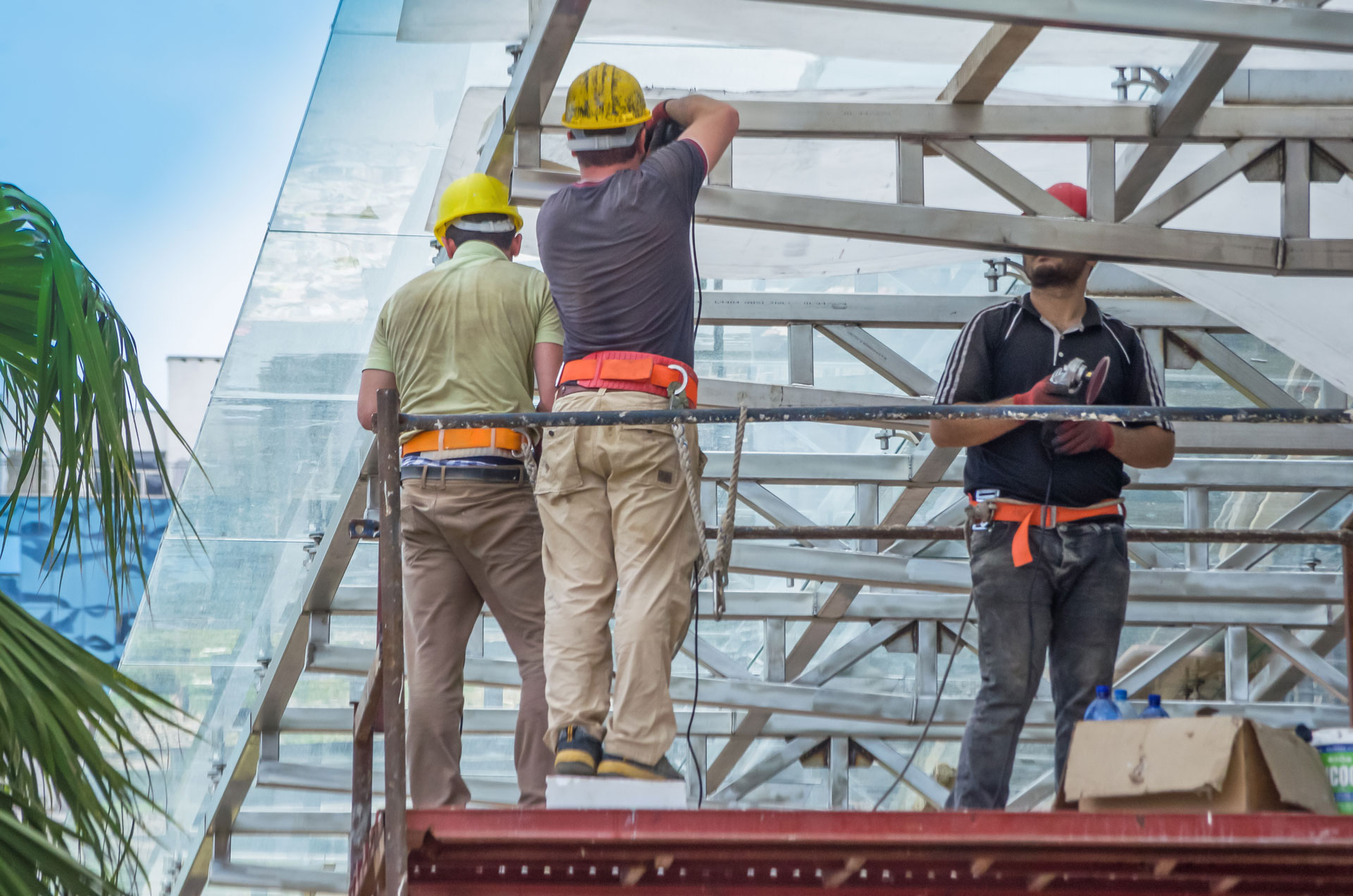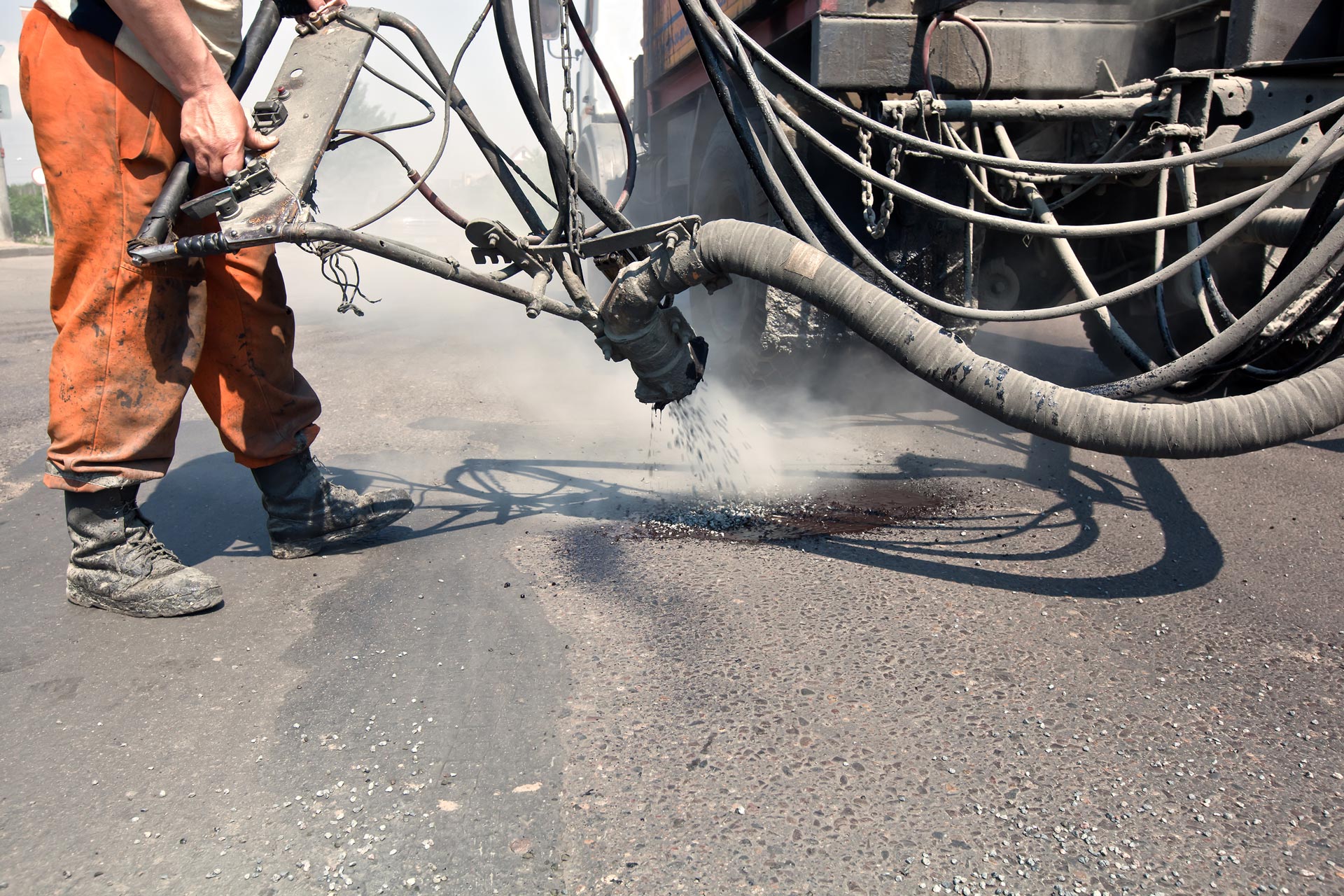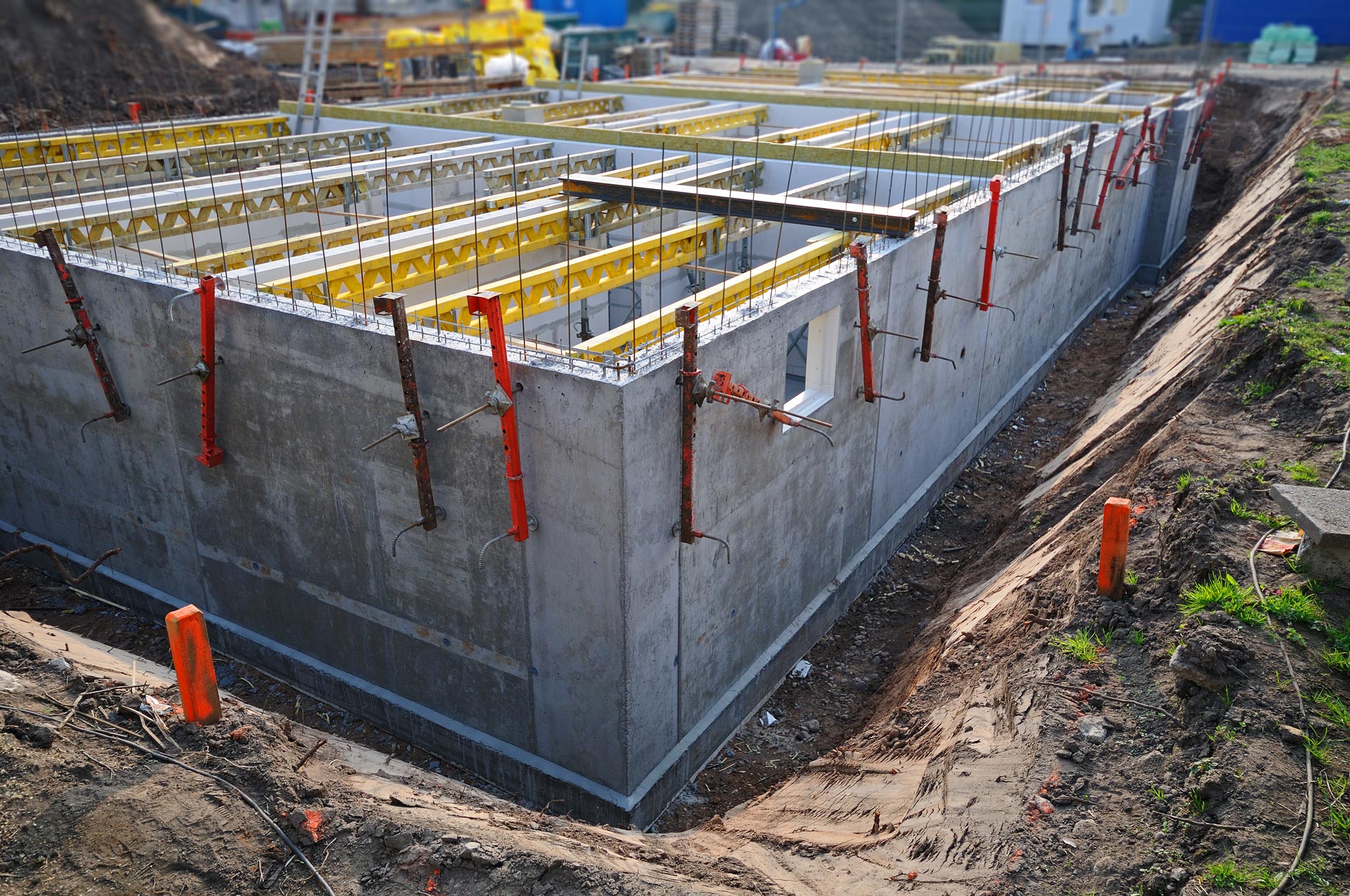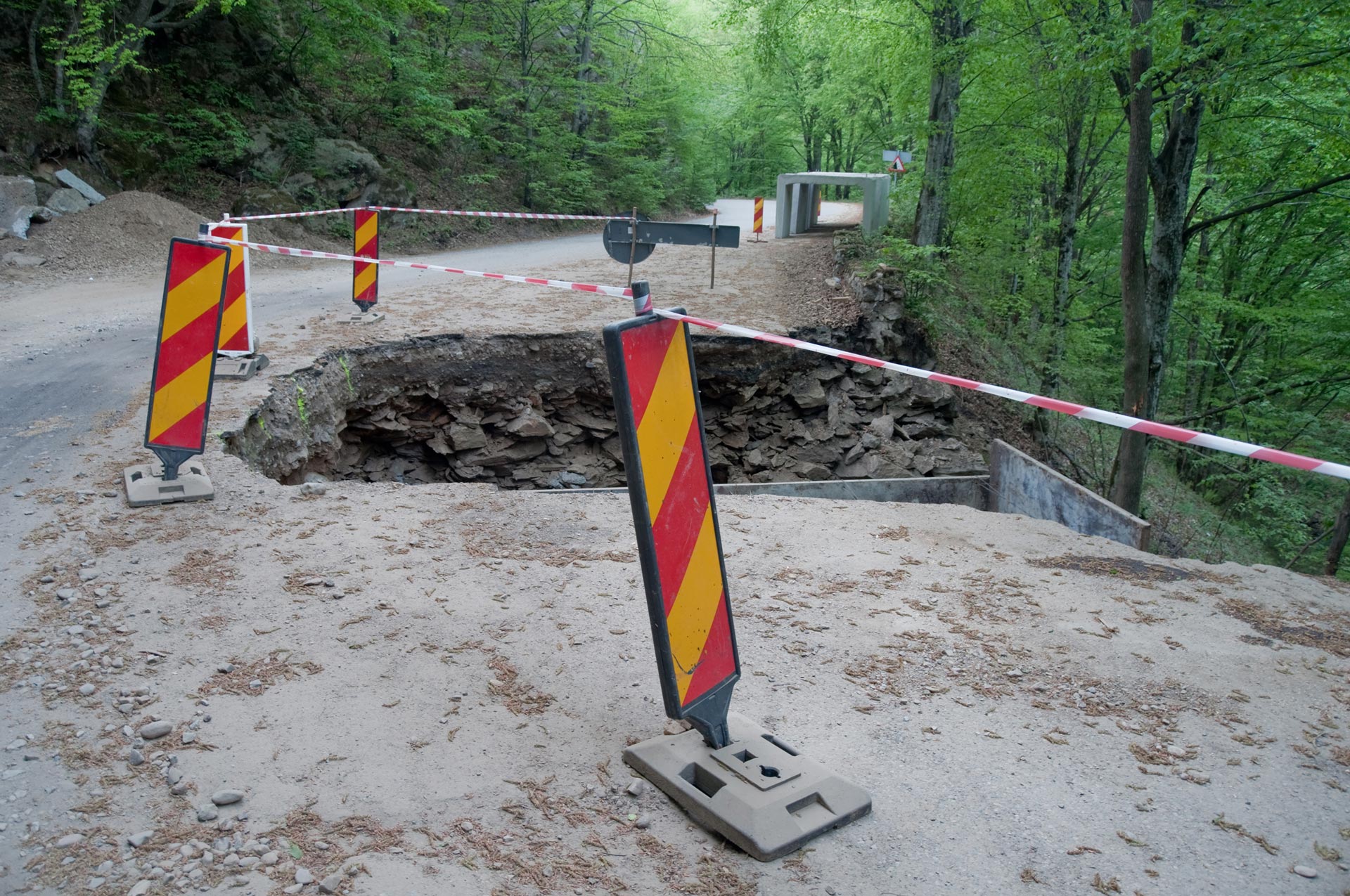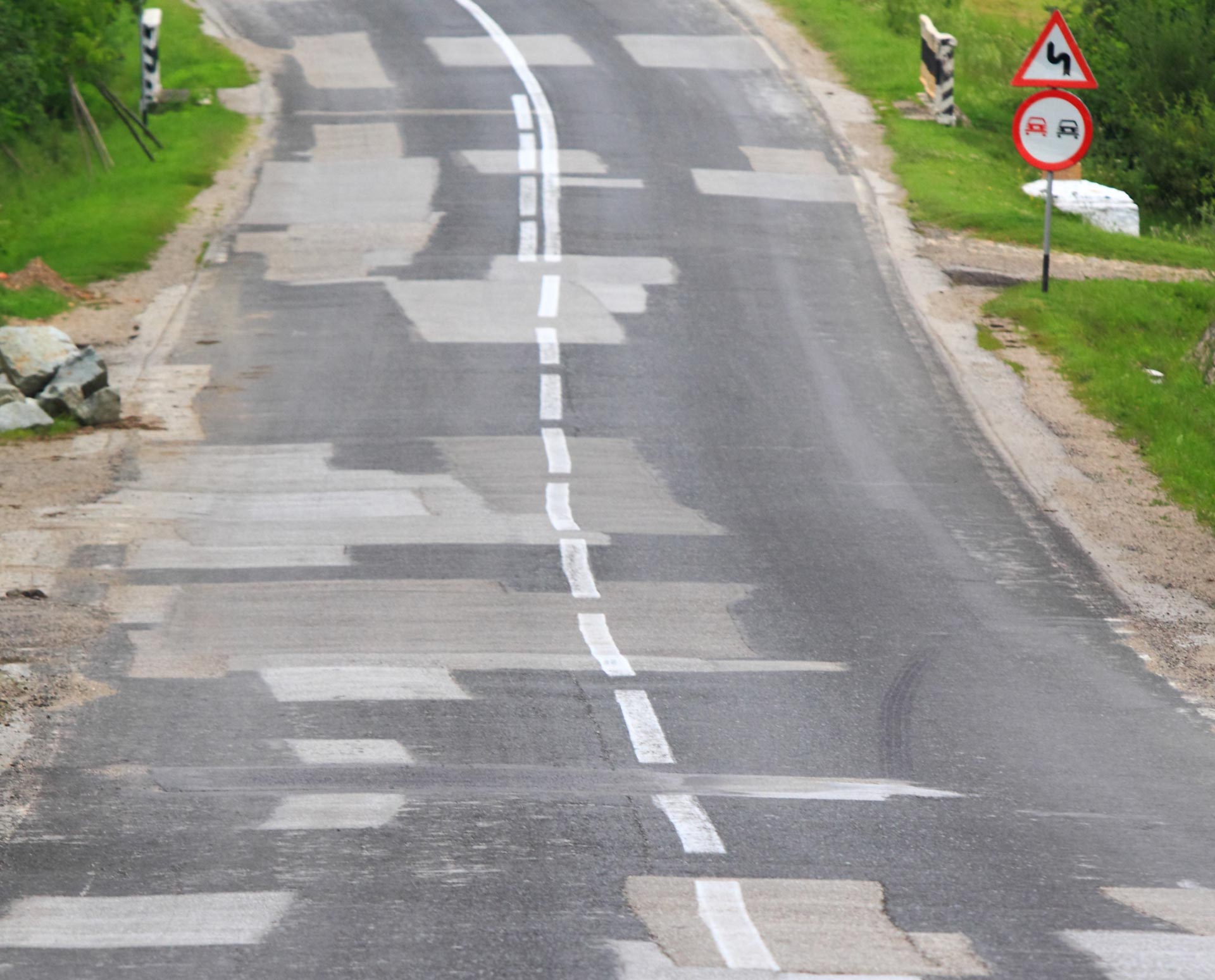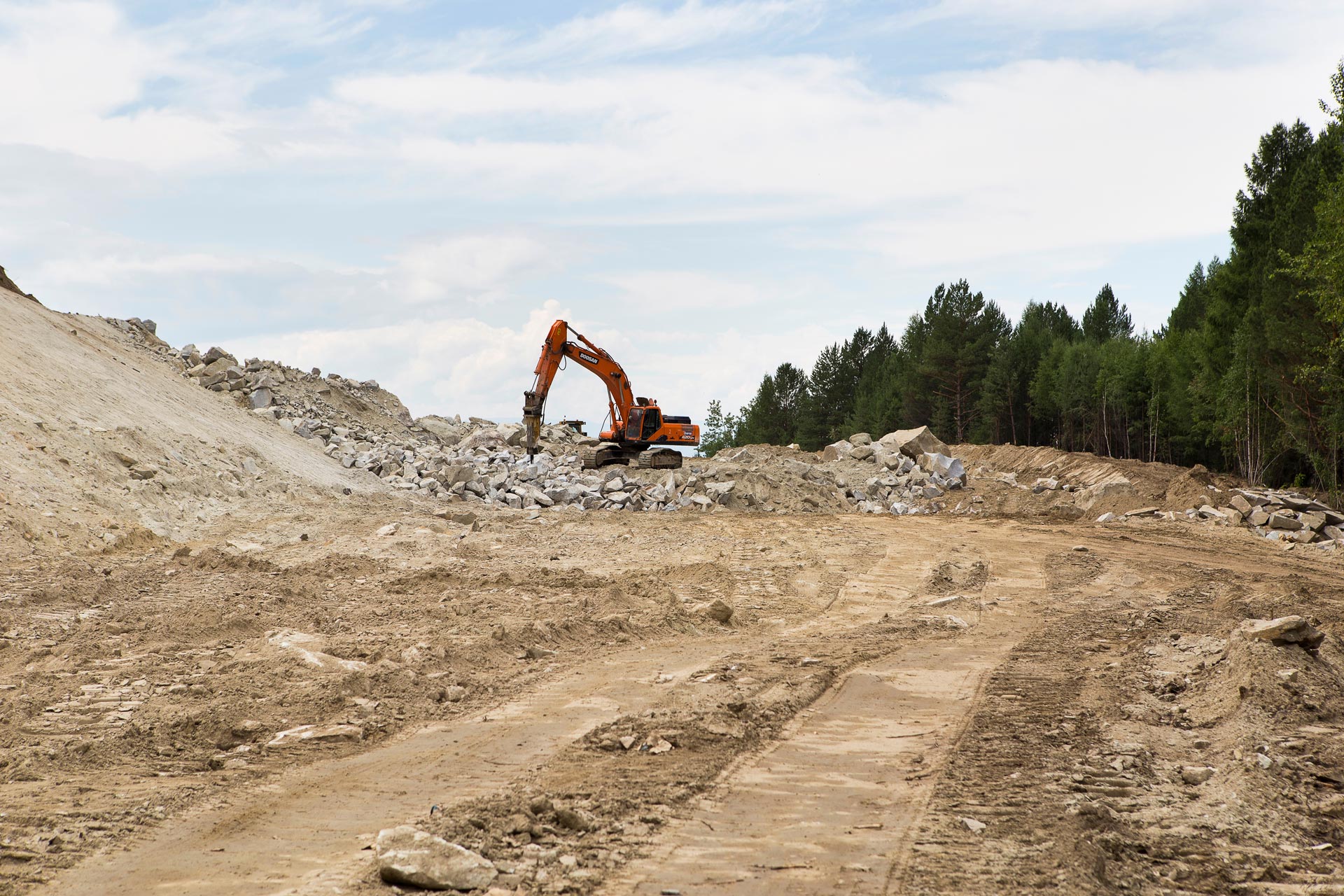Novel Approach for the Noninvasive Assessment of Fresh Concrete
Background: The objective of this research was to test the capability of a novel sensing device for the determination of strength of concrete and for the prediction of the compressive strength of existing concrete in bridge decks. The sensing device is based on the generation and detection of highly nonlinear solitary waves (HNSWs), which are stress waves that can form and travel in highly nonlinear systems such as chains of spherical particles. Simultaneously a conventional ultrasonic method based on pitch-catch and pulse-echo will be used. Both methods were used to test cured concrete cylinders and slabs built at the University of Pittsburgh.
Findings: The experimental results confirmed the research hypothesis. HNSWs can be used to predict the Young modulus of concrete surfaces and under the circumstances that other concrete parameters are known, the HNSWs can also determine indirectly high content of water in the mix.
Recommendations: Based upon the experience accrued in this project, it is recommended that more studies are conducted in the laboratory and that field testing are conducted on bridge decks and other concrete structures to validate further the findings of this project.
Contacts
Co-principal Investigator : Piervincenzo RizzoCo-principal Investigator : Julie Vandenbossche

